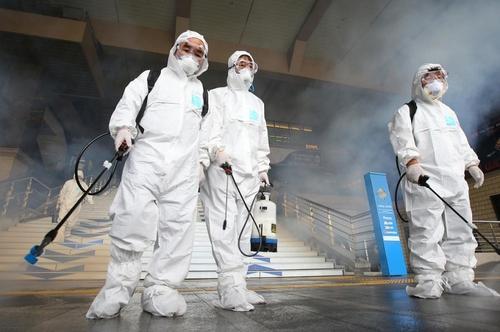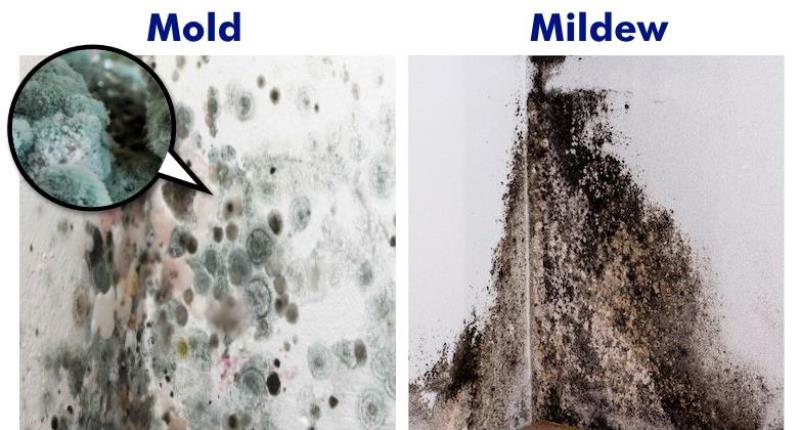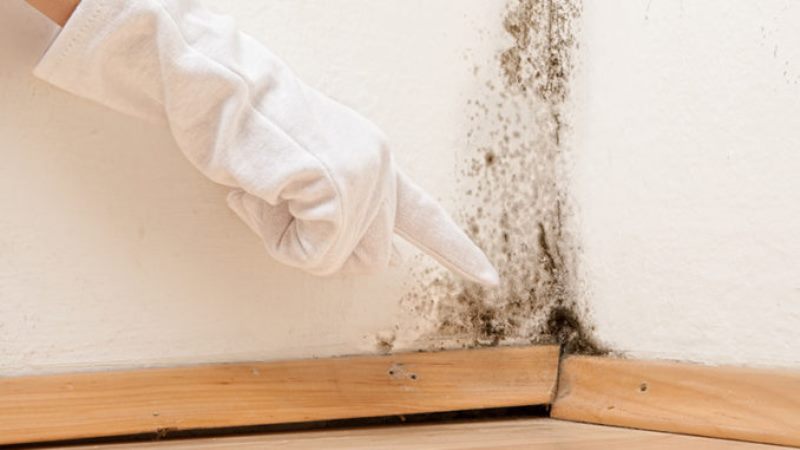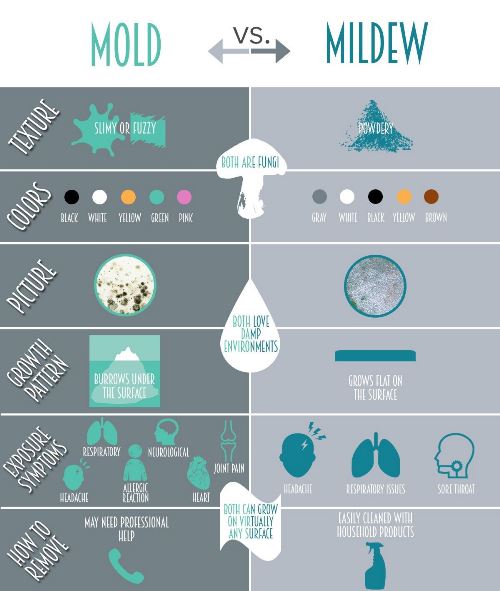Why we need sewage cleaning and rodenticide?
The environmental conditions are crucial for the survival and reproduction of rodents. That’s why we pay attention to some specific things as we will see below. Mostly we need a professional company like – Αποφράξεις Αντωνίου – to perform sewage cleaning and rodenticide for better results.
Which methods do professionals use?
1. The baits can also be used, but they carry an increased risk. Improper placement and use of baits can affect humans, pets and wildlife. Care and experience are required.
Mouse parasites are annoying and dangerous to humans. Mice feed on human food and can destroy paper and plastic boxes in order to build their nests. Urine, saliva and faeces of some mice may contain viruses and bacteria, such as salmonella and leptospirosis. Therefore, they need to be killed. It is a good idea to take action with the first sign of a mouse infection.
2. The population is growing rapidly and is extremely difficult to eradicate. It is best to target the infection when the colonies are still small. Do not hesitate to call us for disinfection wherever you are.
The most effective methods of extermination are those provided by trained parasite control professionals like – αποφρακτική Αντωνίου.
Contact our specialist for sewage cleaning and rodenticide and rodent disinfection
The activity of domestic mice and rats is particularly harmful to construction (structural damage, short circuits, etc.), damage to stored food and public health due to communicable diseases (leptospirosis, plague, typhoid, toxoplasma).
Features of myocardial infarction
Their extermination is a very demanding process and depending on the intensity and size of the problem, various techniques are used, including from space consolidation measures, the use of special traps to the use of chemical rodenticides.
The chemical preparations used in cases of rodenticides are approved by the Ministry of Rural
Development and Food with the main characteristics:
- Effective for all types of mice and rats
- Particularly attractive to ensure safe consumption by mice
- Mice are killed in 4-6 days to avoid “bait”
- They are virgin drugs and this means that small doses (meals) are enough to get the rodent the lethal amount of active ingredient required.
- With the action of the drug, the rodent becomes mummified and dies away from the premises without smelling.
The drugs we use are baits in different forms and with different active substances (their frequent alternation) so as not to create any resistance to rodents.
Musculoskeletal baits are “new generation” anticoagulants whose active ingredients prevent blood clotting in the liver of the rodent and have the ability to attract rodents by their odour (not perceived by the human sense of smell).
Taking this dose causes the rodent to die 3 – 10 days later and then mummify, without creating unpleasant odours.
The applications and planning of the fight are done by specialized personnel.
3 stages of disinfection for mice
The application of rodenticide consists of 3 important parts:
- PREVENTION
- BAIT KILLER STATIONS
- MAINTENANCE
PREVENTION
These are the actions that, when performed, make it difficult for rodents to survive. These actions are dictated by the biological cycle and the habits or properties of rodents. They are directed by the specialist technician and performed in collaboration with the client.
BAIT KILLER STATIONS
Includes the implementation of a comprehensive work plan aimed at exterminating rodents. The first action is the identification of the species, for example (mice – rats, etc.). This work is achieved by the search for traces (departures – gnawing – damage or even visual contact) where it allows us to calculate the total population of rodents, corridors and their passages.
Sticky traps and lenses can be useful in small infestations, but they are definitely “recognizable” by rodents after 3 or 4 days. Bait applications are the ones that provide definitive solutions to the problem.
It concerns the installation of bait killer stations with a safety opening mechanism (HACCP, ISO specifications).
MAINTENANCE
It is done with regular check-up and re-administration of bait-killing stations and of course sewage cleaning when necessary.
The rodent society is organized in such a way that only in the right way we can deal with planning, so we always start with a fight plan.
Proper construction and maintenance of buildings
Buildings should not have openings, holes or cavities that can be used by rodents as entrances, passages or nests. Sewers are often the entrances to buildings. For this reason, they must be properly maintained, their mouths and well openings protected by grilles.
Damaged grid openings for sewer pipes, doors that do not fit well, worn thresholds, hollow floors and partitions, suspended ceilings and piping enclosures are entrances and foci for propagation for rodents.
Order and cleanliness
Items that are not going to be used immediately should not be left near corners or should remain immobile for more than one to two weeks, so that they do not become a haven for rodents. It should also be removed from buildings and the yard, objects that can provide shelter to rodents.
Where there are many boxes stacked, they should be placed very close to each other, in direct contact with the walls or at a distance of more than 60 cm from them, as rodents avoid crossing open spaces.
Lack of livelihood
Rodents need water, food and shelter to survive and multiply. For this reason, any food that is suitable for their diet (cereals, nuts, fats, including animal fats and soap) should be stored in tightly closed metal containers. At the same time, access to water must be excluded.
Why are mice enemies?
Three important reasons why rodents are considered enemies:
- They are responsible for the spread and spread of diseases.
- They are responsible for financial losses by destroying food and many materials.
- They are disgusting to a lot of people.
The most important problem for humans is the spread of diseases since rodents are carriers of pathogens. When mice live close to humans, human health is at risk. Here we must not underestimate the importance of diseases transmitted by rodents to pets, a single mouse can transmit 55 diseases.
Call a professional company – αποφράξεις Αντωνίου Αθήνα – and perform a full sewage cleaning and disinfection service to protect your family and house from rodents.



